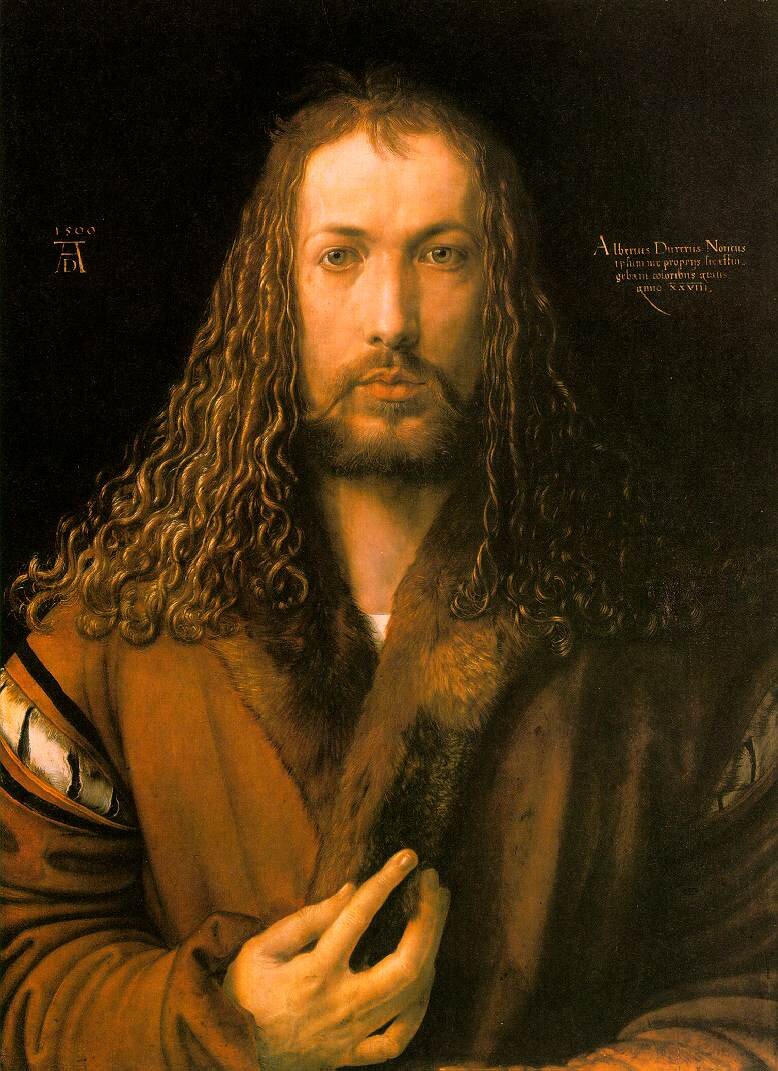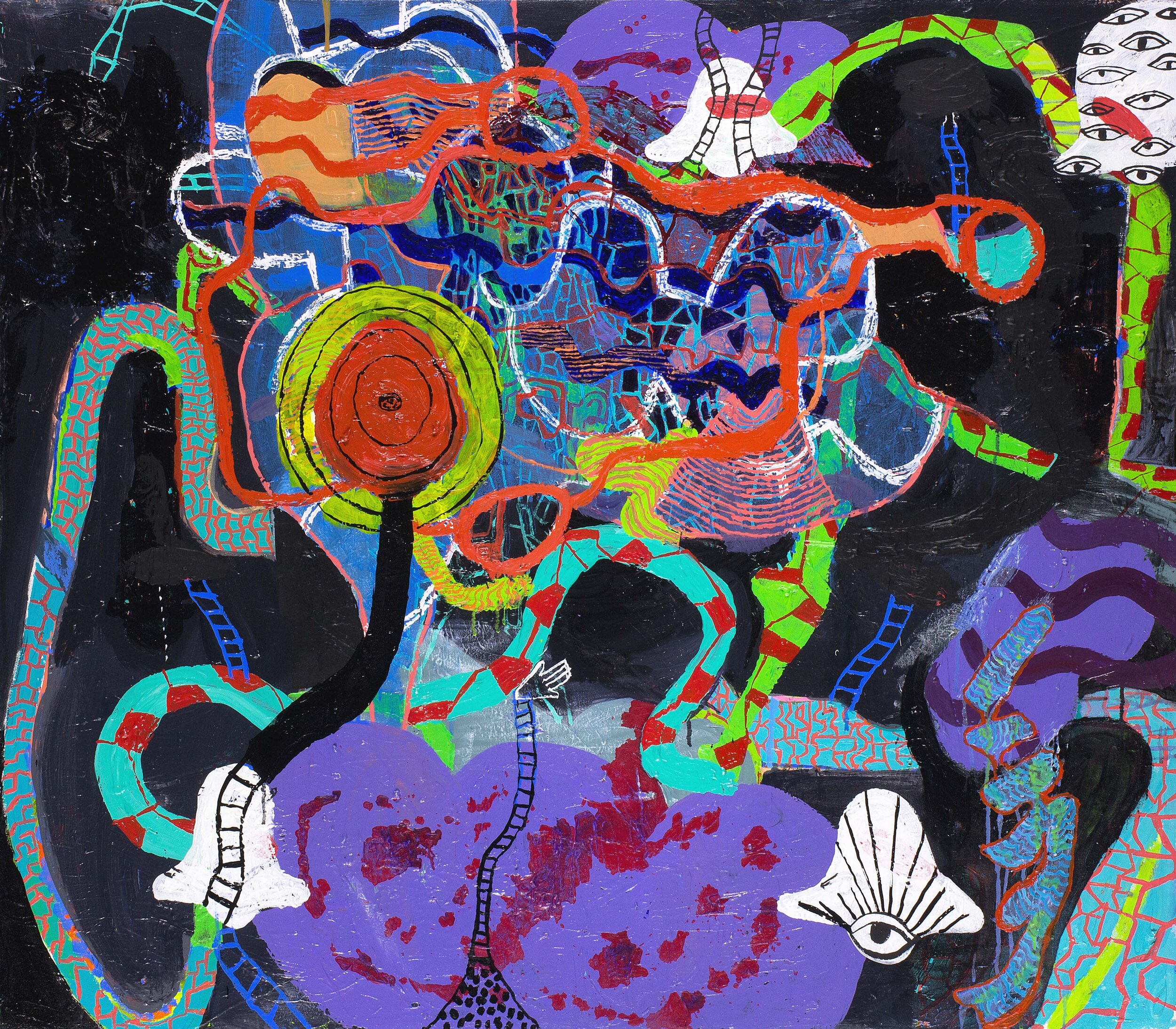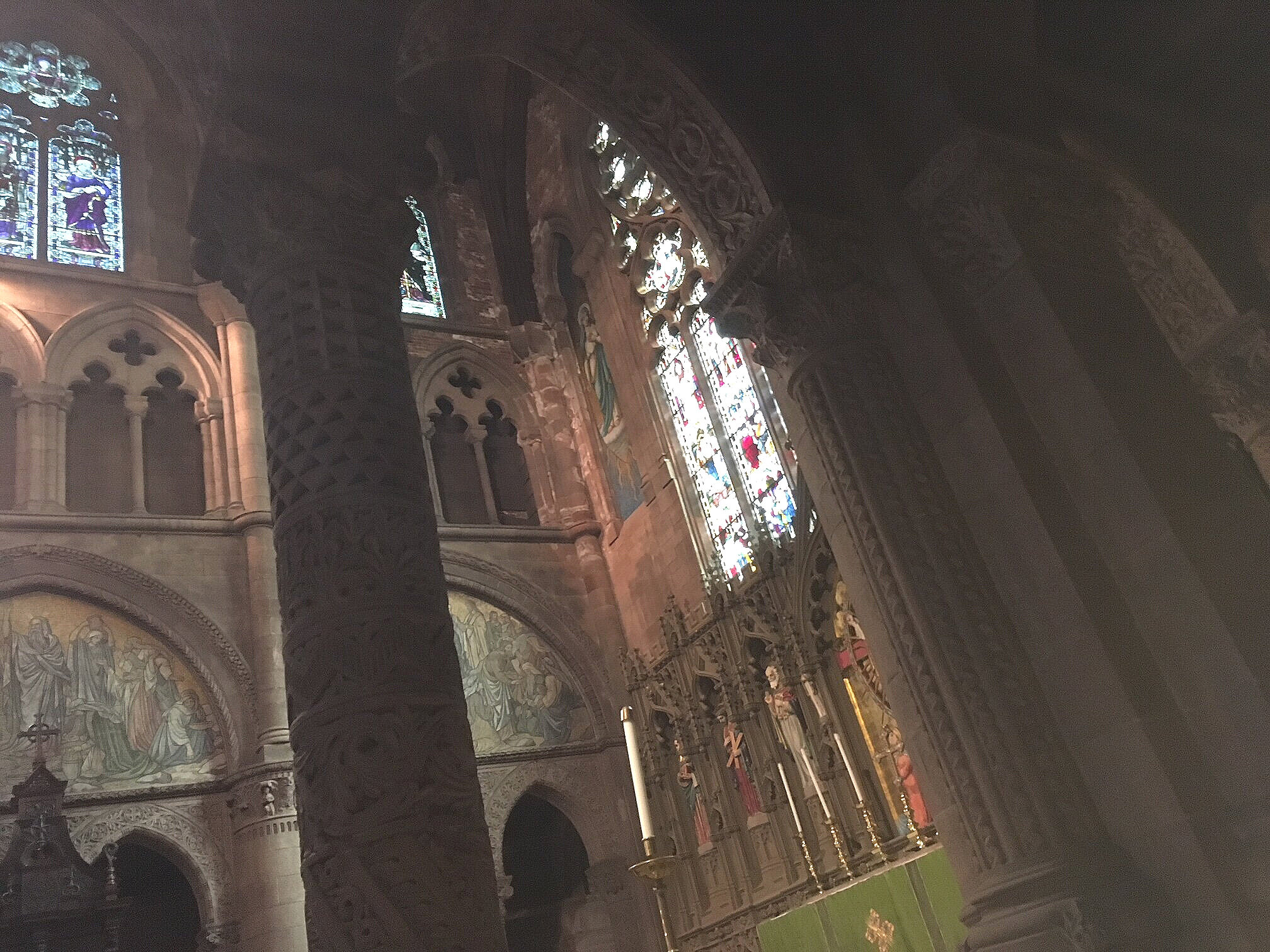For the next month or two, the Cathedral Arts Blog will begin with some notes on upcoming programs (all on Zoom at least through June) before developing a theme related to art, contemplation, and the times we are living in. This post and the next will be about Julian of Norwich.
I saw one of Richard Rohr’s posts on Julian in my inbox yesterday. It was titled: “God is Our True Mother.” This was next to a NY Times Parenting heading: “Every School Day Feels Like an Eternity.” Both of these things are true in this time in which Julian, some of you, and I play the role of teacher, however willing.
What I want to show about the medieval English mystic relates to this project of art and contemplation that we here call Cathedral Arts—I want to show that Julian was not only a victim of illness and her times and, in her words, “a simple, uneducated creature," who received deep knowledge by the grace of God, but also how she engaged her circumstances creatively and intelligently and thereby received further illumination of her experience of God, and how her cooperation with grace is what makes her writings relevant today.
But before we get to Julian, I want to announce the winner for the drawing of Marly Youmans’s most recent novel—it is Father Samuel Bellafiore, the Associate pastor of Our Lady of Victory in Troy, NY. Father Bellafiore will receive Charis in the World of Wonders. I had heard that Father Sam is as an accomplished vocalist, and when I contacted him I learned of his livestreamed services and a weekly Wednesday noon concert. Click HERE to listen to Father Sam singing to his parishioners and others seeking beauty and connection.
Also, before we get to Julian, I ask you to consider signing up for our free or low-cost Zoom classes coming up in June. Diane Cameron’s May “Writing Your Recovery” workshop is full and we are planning another—if you sign up now I will let you know of the June date. “How to Read Poetry with Evan Craig Reardon” is on June 13, and I am offering a demonstration-lecture, “Drawing for All,” from the perspective of being present to what you see, on June 6.
“Presence” is a word that gets trotted out by advocates of contemplative prayer, and is the name of a trade magazine on spiritual direction. Contemplative prayer and art-making are practices for becoming more open and present to God’s action in one’s inner life with effect on one’s outer life, like ever-widening circles in a pond. Other, far less pleasant and perhaps entirely out-of-our-control things call us to presence, such as extreme illness.
When we find ourselves in this place, sometimes referred to as Dark Night of the Soul (appropriately named inasmuch as we allow the time to affect our souls), we are at a creative crossroads. Anyone who suffers has stumbled onto this path of possibility. Reduced to the dust of which we were made, we might choose to ask to be remade.
And while it is utterly lonely, there is fellowship in this place. Mystics may be led here by prayer and affliction. Parents, caregivers, and those in other relationships may land here when self-esteem bottoms out under the endless needs of others. Artists may land here by the humiliation of making something not yet seen or heard out of the imperfect means available to them—human grit mixed with some kind of medium—paint, words, or music.
It is in this way that a hard thing that happens to a person—a breakup, an impossible vocation, an illness, or even a terrible tragedy, contains opportunity—not only for the sufferer, but also for the experience of the sufferer to be told in such way that it recalls the original act of creation so that it can, like the finger of Adam touching the finger of God in the Sistine Chapel, create connection for others. This is what Julian of Norwich did, and still does for us through her one book and life’s work, Revelations of Divine Love.
If you are not familiar with Julian you are not alone—she was never canonized as a saint. But she is loved and has recently been celebrated in church calendars. Julian lived in the time of the Black Death, which is why she is being especially written about this May.
Julian’s book is the first in the English language likely written by a woman. As it was with many medieval works, it was titled after the author’s lifetime. The author herself was anonymous—it is assumed she received her name when she became an anchoress, living in a cell attached to St. Julian’s church in the town of Norwich, England.
Perhaps Julian is being much written about because it helps us to remember the Black Death, which killed one third to one half of Europeans, in how it makes us prefer to live in our own time of pandemic, as if we had a choice. The creativity of scientific advances that made the medieval disease, now rare, treatable, and what we could have done and can choose to do now to control our pandemic are important things to discuss, but not here.
Here, we are taking things for what they are at this moment: that every school day feels like an eternity, that we might become ill or die sooner than we had planned to, that a priest-friend sings a concert for us on Wednesdays at noon, that I am writing and you are reading, and that Julian wrote what she began to discover while sick and lying in bed—that God is our true mother.
Julian, age thirty when she had her Revelations, likely suffered great loss before she came to the point that precipitated them. Probably still a laywoman at this time, although she would likely have been married with several children, she was apparently without husband and children—they might have been dead. It is terrible to think of all she might have suffered before she herself came close to death. This scene as Julian describes it is domestic, with her mother reaching to close her eyes when it seems her daughter is gone.
What I want to write about are the creative decisions Julian made in the awful times that led to her writing her book. Julian writes that before she was at the point of death, she had asked God for three gifts—one of them being “bodily sickness.”
I admit that when I first read this I thought Julian had a kind of medieval theological disease—an antiquated fascination with pain impossible for a post-modern person to comprehend. Julian writes of herself in the third person of the gifts she requested:
“The first was vivid perception of his Passion, the second was bodily sickness in youth at thirty years of age, the third was for God to give her three wounds.”
The wounds were “true contrition,” “the wound of kind compassion”, and the “wound of an earnest longing for God.”
The first two longings passed, but the third stayed with her “continually.” This third wound was what likely led Julian to feel compelled to write her book, as well as the “flashes of illuminations and touches…..of the same spirit” that informed her spiritual growth after her revelations.
In addition to these illuminations, “fifteen and years more later,” her “spiritual understanding” received an answer to years of wondering: a last revelation that completed the whole. Jesus seemed to say to her:
“Do you want to know what your Lord meant? Know well that love was what he meant. Who showed you this? Love. What did he show? Love. Why did he show it to you? For love.”
Is it because Julian asked to know Christ through suffering that she was rewarded with experiencing the fullness of God? I think so. More on this soon, and also on God as a Mother.
Until then, let us try to be present to suffering—that of ourselves and of others, as hard as it may be. We may all feel like mothers who are nine months pregnant—ready to move on to the next life-event while it is certainly uncomfortable and unknown. Let us not flee isolation and leave its gifts behind, or sink in despair, but do what is simple and good, like allowing the family to sleep in while we pray in bed. And continue to livestream services and wear masks. I do not have a better plan.
Therefore, let those suffering in accordance with God’s will entrust themselves to a faithful Creator, while continuing to do good. (1 Peter 4:19)


































